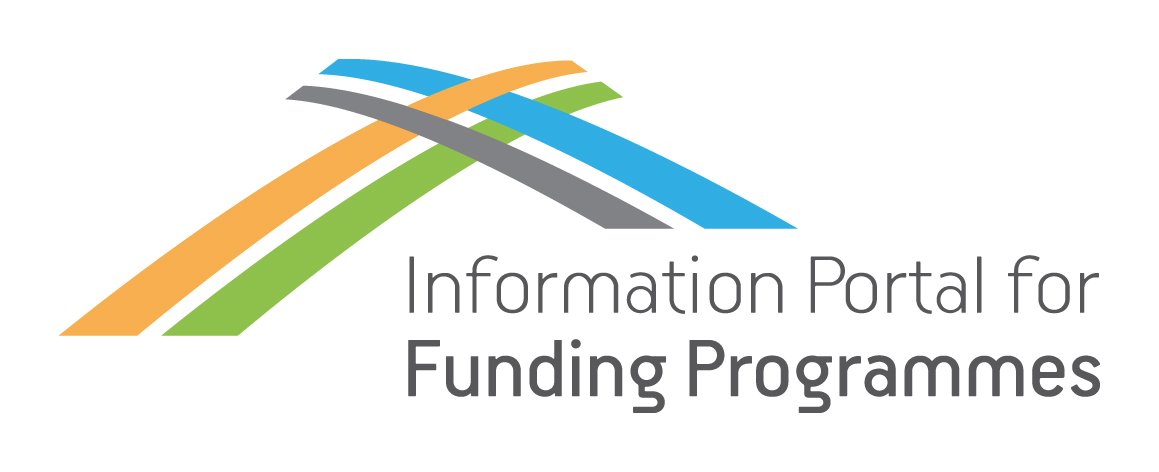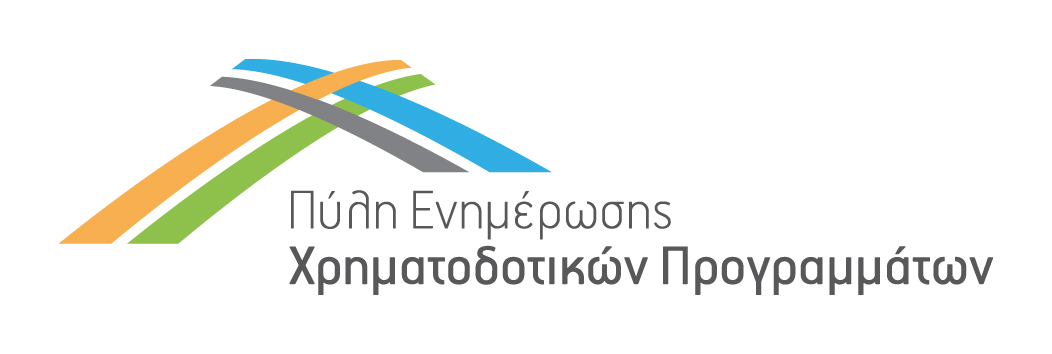Copernicus Anthropogenic CO₂ Emissions Monitoring & Verification Support (CO2MVS) capacity: new and innovative methods to estimate the impact of fires on vegetation and related carbon fluxes
Programme Category
Programme Name
Programme Description
Horizon Europe is the European Union (EU) funding programme for the period 2021 – 2027, which targets the sectors of research and innovation. The programme’s budget is around € 95.5 billion, of which € 5.4 billion is from NextGenerationEU to stimulate recovery and strengthen the EU’s resilience in the future, and € 4.5 billion is additional aid.
Identifier Code
Call
Summary
Research and innovation will focus on better understanding the impact of wildfires on the carbon cycle and emissions linked to land use change. A key priority is improving fire modelling, especially in relation to drought and vegetation interactions, which remains a challenge at regional and global scales. Initiatives like FireMIP have evaluated fire models, but the required model complexity is still uncertain. There is a need to integrate observation-based data into global systems like CO₂MVS to enhance monitoring. Additionally, understanding fire effects on vegetation will help refine estimates of emissions and improve air quality forecasting in systems like CAMS and fire risk predictions in CEMS.
Detailed Call Description
The areas of R&I to address the above expected outcomes include:
- Better understand and characterise the impact of wildfires on the carbon cycle and on anthropogenic emissions through land use change. This has been recognized especially in the climate community when developing process-based vegetation models for use in climate models. While a large variety of empirical or process-based vegetation models exist today, it is still unclear which type of model or degree of complexity is required to model fire adequately at regional to global scales. International collaborations, such as the Fire Model Intercomparison Project (FireMIP), have evaluated existing global fire models against benchmark data sets for present-day and historical conditions;
- Investigate the current state of fire modelling and specifically how the interaction between droughts, fires and vegetation can be accounted for in a global monitoring system, such as the CO2MVS. Because of the monitoring aspects of the CO2MVS, use should be made, where possible, of including observation-based data sets representing certain aspects of the fire-vegetation interaction;
- Investigate how a better understanding of the impact of fires on vegetation can improve the estimates of fire emissions of chemical species and aerosols, and subsequently air quality products in CAMS and the fire risk forecasting in CEMS.
Wildfires have become widespread during summer over many regions of the world, including Europe, and have major safety and larger societal impacts (air quality and health, aviation, weather, agriculture, etc). Wildfires and biomass burning are significant sources of CO2 and air pollutants in the atmosphere. Fires also change the vegetation and therefore affect the exchange of CO2 between the biosphere and the atmosphere. Current vegetation and fire models need to be improved to refine the quality of CAMS products (air quality, emissions), the Global Fire Assimilation System (GFAS) supporting CEMS and forcing data sets for climate projections supporting the IPCC. Innovative methodologies should be investigated to include fire-vegetation interactions, also taking into account the impact of drought conditions in global monitoring systems such as the CO2MVS capacity, via the improvement of currently used process-based vegetation models or through empirical models. The use of relevant observation-based data sets (e.g. vegetation states, drought conditions, burnt areas) should be a key element of these methodologies. Current CLMS products should be considered, including options for potential improved specifications. The proposal should include some demonstrations of downstream applications that would benefit from these improvements.
Call Total Budget
Financing percentage by EU or other bodies / Level of Subsidy or Loan
100%
Expected EU contribution per project: €3.00 million.
Thematic Categories
- Agriculture - Farming - Forestry
- Environment and Climate Change
- Research, Technological Development and Innovation
- Space
Eligibility for Participation
- Businesses
- Educational Institutions
- Large Enterprises
- Legal Entities
- NGOs
- Other Beneficiaries
- Private Bodies
- Researchers/Research Centers/Institutions
- Semi-governmental organisations
- Small and Medium Enterprises (SMEs)
- State-owned Enterprises
Eligibility For Participation Notes
A number of non-EU/non-Associated Countries that are not automatically eligible for funding have made specific provisions for making funding available for their participants in Horizon Europe projects.
If projects use satellite-based earth observation, positioning, navigation and/or related timing data and services, beneficiaries must make use of Copernicus and/or Galileo/EGNOS (other data and services may additionally be used).
The Joint Research Centre (JRC) may participate as member of the consortium selected for funding.
The possible participation of the JRC may consist in (1) ensuring access to relevant models, tools and datasets of the operational CEMS, (2) providing a good understanding of existing operational workflows for CEMS and advice regarding the operational feasibility of new developments and (3) testing of new developments/prototypes for CEMS in a pre-operational setting.
Call Opening Date
Call Closing Date
National Contact Point(s)
Research and Innovation Foundation
29a Andrea Michalakopoulou, 1075 Nicosia,
P.B. 23422, 1683 Nicosia
Telephone: +357 22205000
Fax: +357 22205001
Email: support@research.org.cy
Website: https://www.research.org.cy/en/
Persons to Contact:
Dr Angelos Ntantos
Scientific Officer
Email: antantos@research.org.cy
Mr. George Christou
Scientific Officer
Email: gchristou@research.org.cy




